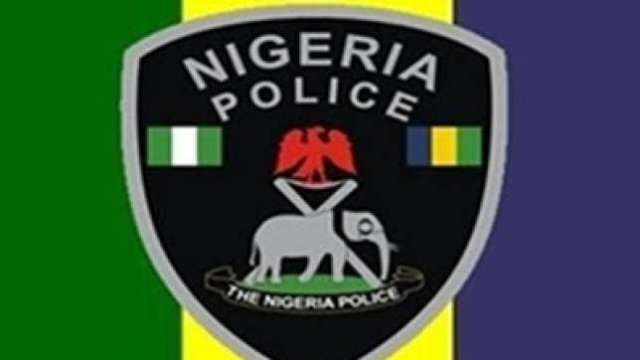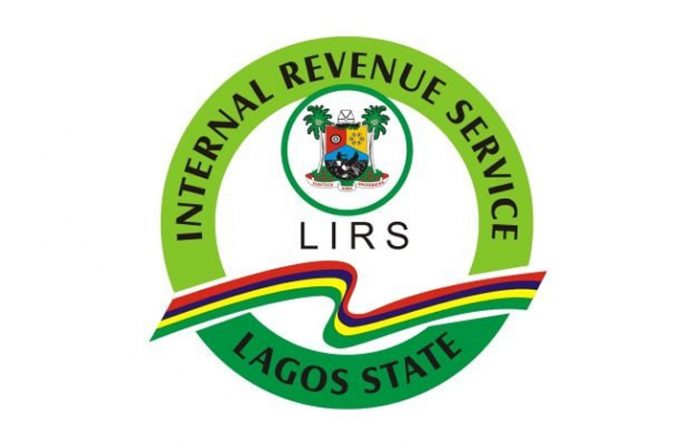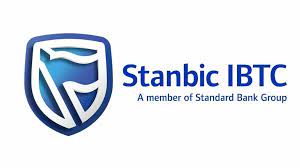November 28, 2018/Fitch Ratings
Fitch Ratings has upgraded United Bank for Africa Plc’s (UBA) Long-Term Issuer Default Rating (IDR) to ‘B+’ from ‘B’. The Outlook is Stable. UBA’s Viability Rating (VR) has been upgraded to ‘b+’ from ‘b’. A full list of rating actions is at the end of this rating action commentary.
The upgrades reflect an improvement in the bank’s performance metrics and funding and liquidity profile, which we consider to be sustainable. UBA’s strong capital ratios, increasingly diversified funding base and well managed liquidity mean that its risk profile is now more closely aligned with those of Zenith Bank and Guaranty Trust Bank, both rated ‘B+’.
Key Rating Drivers
IDRS, VR, National Ratings And Senior Debt
UBA’s IDRs are driven by its intrinsic creditworthiness, as defined by its VR. Like all Nigerian banks, UBA’s VR is constrained by the operating environment in Nigeria (B+/Stable) where the fragile economic recovery restrains banks’ growth prospects and asset quality. The VR reflects UBA’s position as one of Nigeria’s largest banks, as well as its sound financial metrics and reasonable capital buffers. It controls an overall market share in Nigeria of approximately 10% and its well-established franchise is a rating strength.
Operating conditions are still difficult for banks. Despite stronger oil prices in 2H18 supporting economic growth, credit demand is weak and banks face pressure on margins and capital.
UBA is also Nigeria’s most international bank, operating in 20 other sub-Saharan African countries. Its objective is to operate as a pan-African commercial bank. Our assessment is that geographic diversification is credit positive because it provides growth opportunities and can reduce exposure to Nigeria’s cyclical economic growth trends but it also adds complexity, especially considering the high risk environment associated with many sub-Saharan African countries. This also constrains the VR.
International subsidiaries contributed 40% of group earnings in 1H18, but Nigerian assets dominate the group, representing around 70% of consolidated assets.
Corporate lending dominates the loan book and large borrower concentrations are high, as is common in Nigeria. This exposes the group to potentially high losses in the event of default. The top 20 loans represented approximately 42% of total end-1H18 loans. Positively, exposure to the oil sector represented 20% of total loans, below the 30% sector average. Retail lending, representing 7% of total loans at end-1H18, is developing steadily. Impaired loans represented 7.2% of gross loans at end-1H18, slightly higher than the 5% average for its closest peers. Loan loss cover at approximately 95% is reasonable, but not outstanding, in our view.
UBA’s local currency funding profile is a rating strength. Its loans/deposits ratio (57% at end-1H18) is low compared with peers (69%). The deposit base is well diversified by single customer and retail deposits represent approximately one-third of customer deposits, which is higher than the average for rated peers. UBA’s digital offerings continue to attract deposit inflows. Local currency liquidity ratios are comfortable and the issue of a USD500 million senior medium-term bond on the international capital markets in June 2017 eased pressure on the group’s overall foreign currency liquidity position.
UBA’s Fitch Core Capital/weighted risks ratio (24.9% at end-1H18) is among the highest in the sector. However, capital and leverage are not considered to be outstanding compared with Guaranty Trust Bank and Zenith Bank because UBA’s risk-weight density is lower and concentrations at UBA can be high, especially at the subsidiaries. This could lead to potential unexpected losses.
UBA’s earnings and profitability trends show signs of improvement and have been stable for many years, which we view positively. Our expectation is that performance trends will continue to strengthen, based on growing contributions from international subsidiaries and increased stability in Nigeria.
UBA’s National Ratings reflect its creditworthiness relative to Nigeria’s best credit and relative to peers operating in Nigeria.
Support Rating And Support Rating Floor
Fitch believes that sovereign support to Nigerian banks cannot be relied on given Nigeria’s weak ability to provide support, particularly in FC. In addition, there are no clear messages of support from the authorities regarding their willingness to support the banking system. Therefore, the Support Rating Floor of all Nigerian banks is ‘No Floor’ and all Support Ratings are ‘5’. This reflects our view that senior creditors cannot rely on receiving full and timely extraordinary support from the Nigerian sovereign if any of the banks become non-viable.
Senior Debt
Senior debt issued by UBA is rated at the same level as the bank’s Long-Term IDR because, in our view, the likelihood of default on these notes reflects the likelihood of default of the bank. Where a bank has a Long-Term IDR of ‘B+’ or below, we usually assign a Recovery Rating (RR) to the issue. The RR assigned to these notes is ‘RR4’ indicating average recovery prospects.
Rating Sensitivities
IDRS, VR And National Ratings
UBA’s VR, and therefore its IDRs, will not be upgraded until the operating environment in Nigeria improves. However, this is unlikely in the near-term, given the Stable Outlook on the sovereign’s rating. Asset quality and capital weakening, which we do not expect in the foreseeable future, would likely have a negative impact on the ratings. A change in UBA’s risk profile relative to its peers would trigger a change in its National Ratings.]
Support Rating And Support Rating Floor
The SR and SRF are sensitive to any change in assumptions around the propensity or ability of the sovereign to provide timely support to the bank. Given Nigeria’s sovereign ratings, this is not our base case.
Senior Debt
The senior debt is sensitive to a change in UBA’s Long-Term IDR.
The rating actions are as follows:
United Bank for Africa Plc
Long-Term IDR upgraded to ‘B+’ from ‘B’; Outlook Stable
Short-Term IDR affirmed at ‘B’
Viability Rating upgraded to ‘b+’ from ‘b’
National Long-Term Rating upgraded to ‘AA-(nga)’ from A+(nga)’
Short-Term National Rating upgraded to ‘F1+(nga)’ from ‘F1(nga)’
Support Rating affirmed at ‘5’
Support Rating Floor affirmed at ‘No Floor’
Long-term senior unsecured debt upgraded to ‘B+’/’RR4’ from ‘B’/’RR4’














